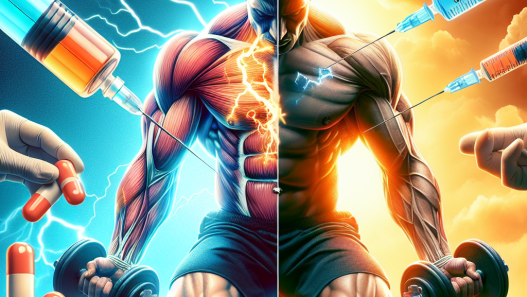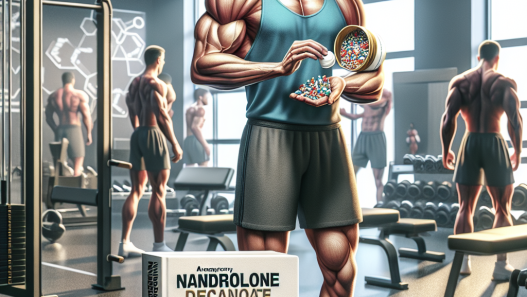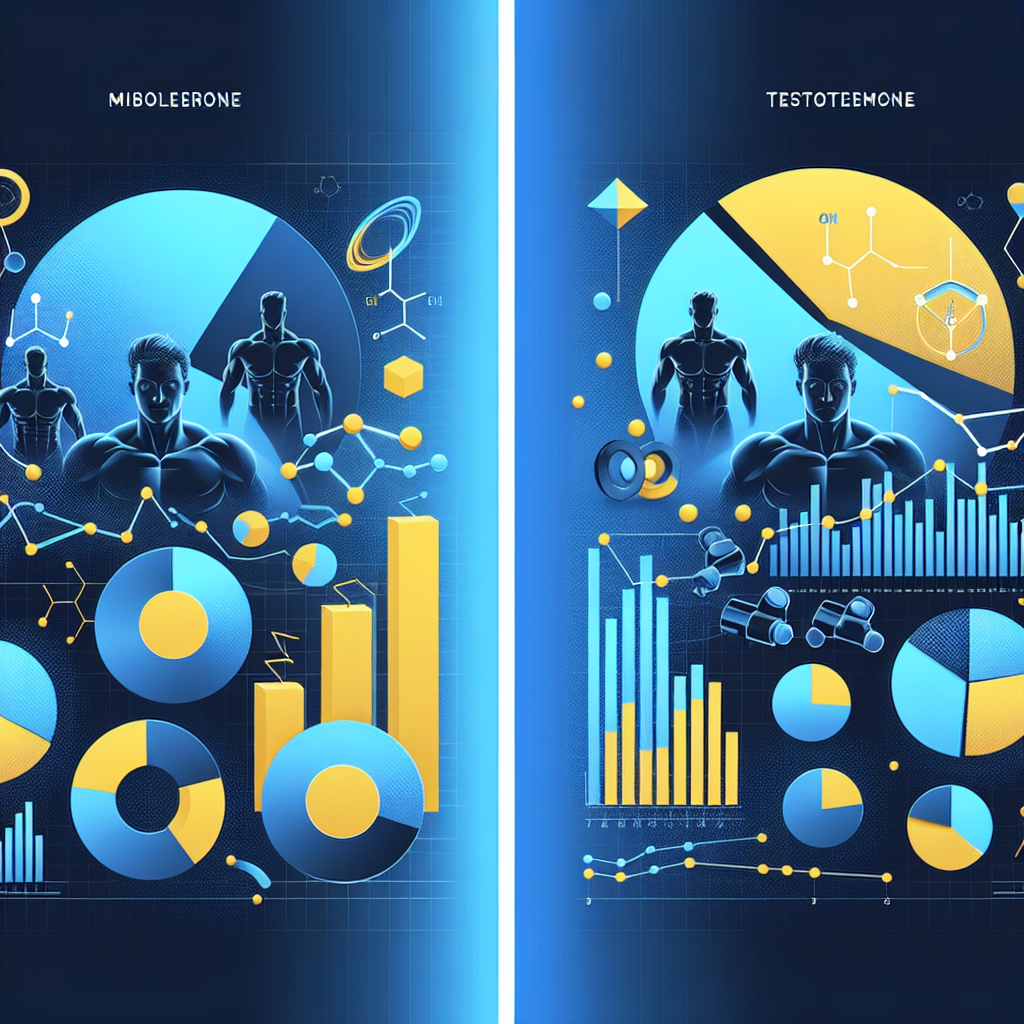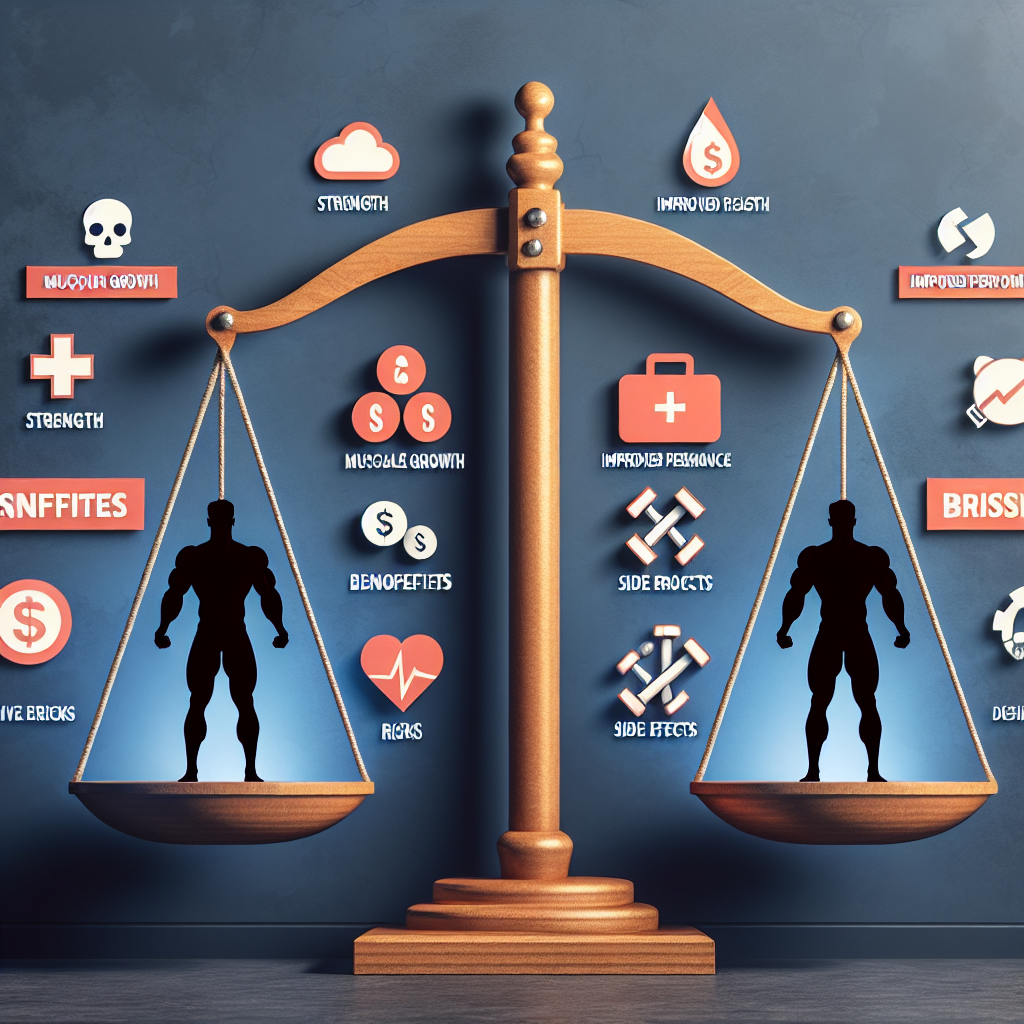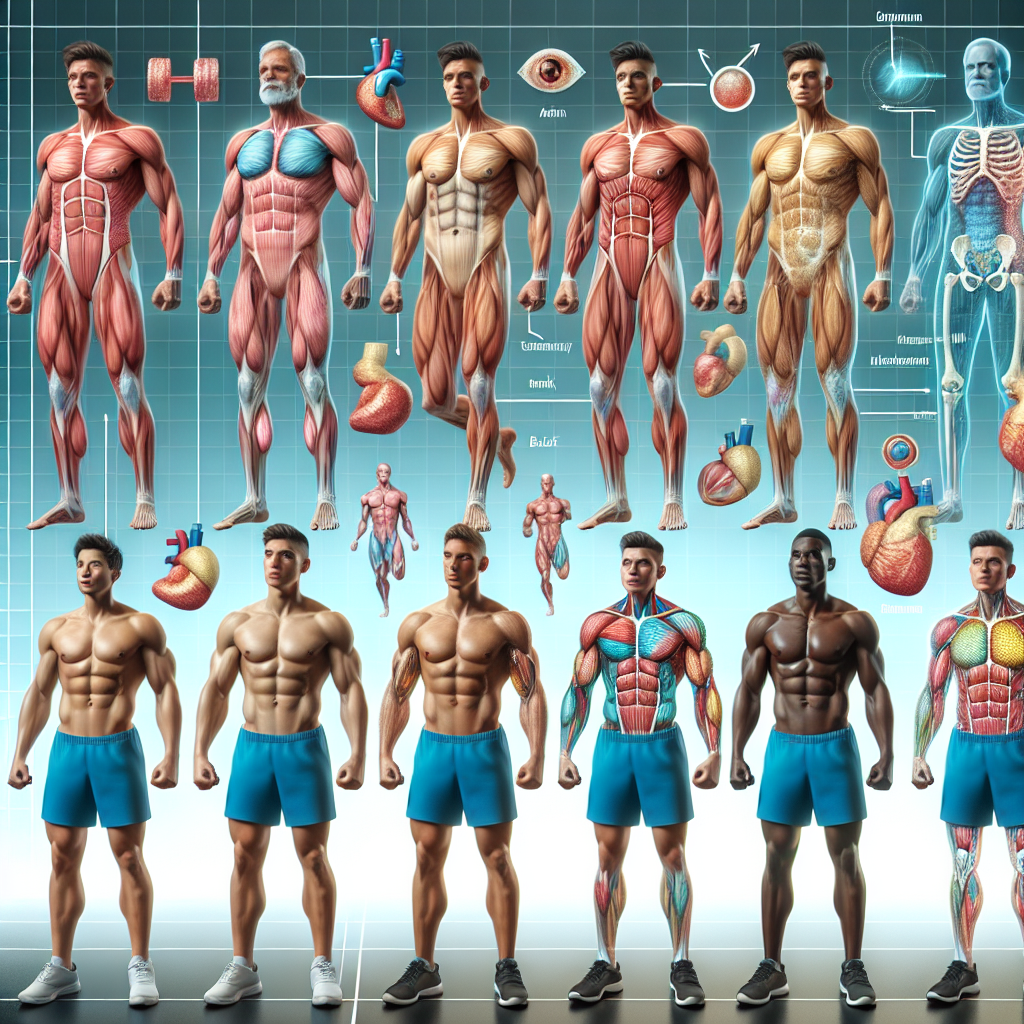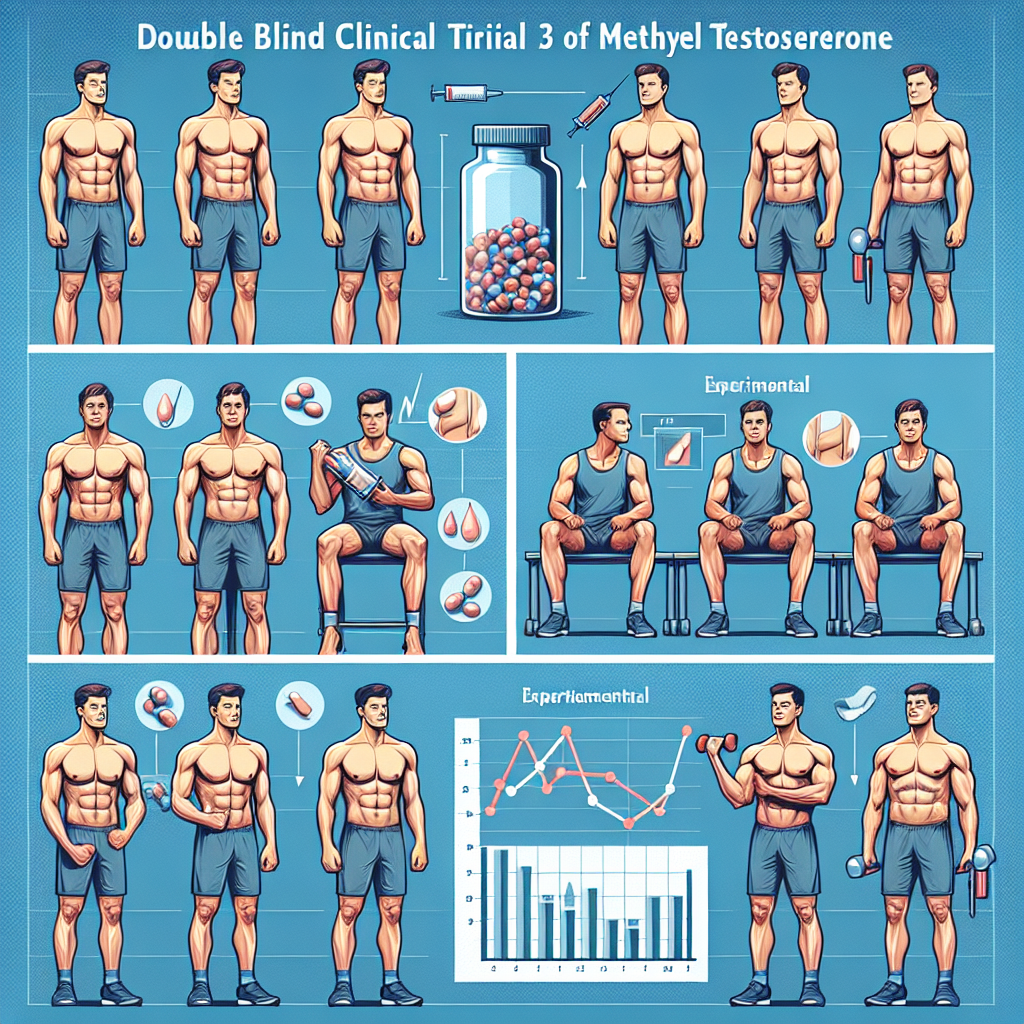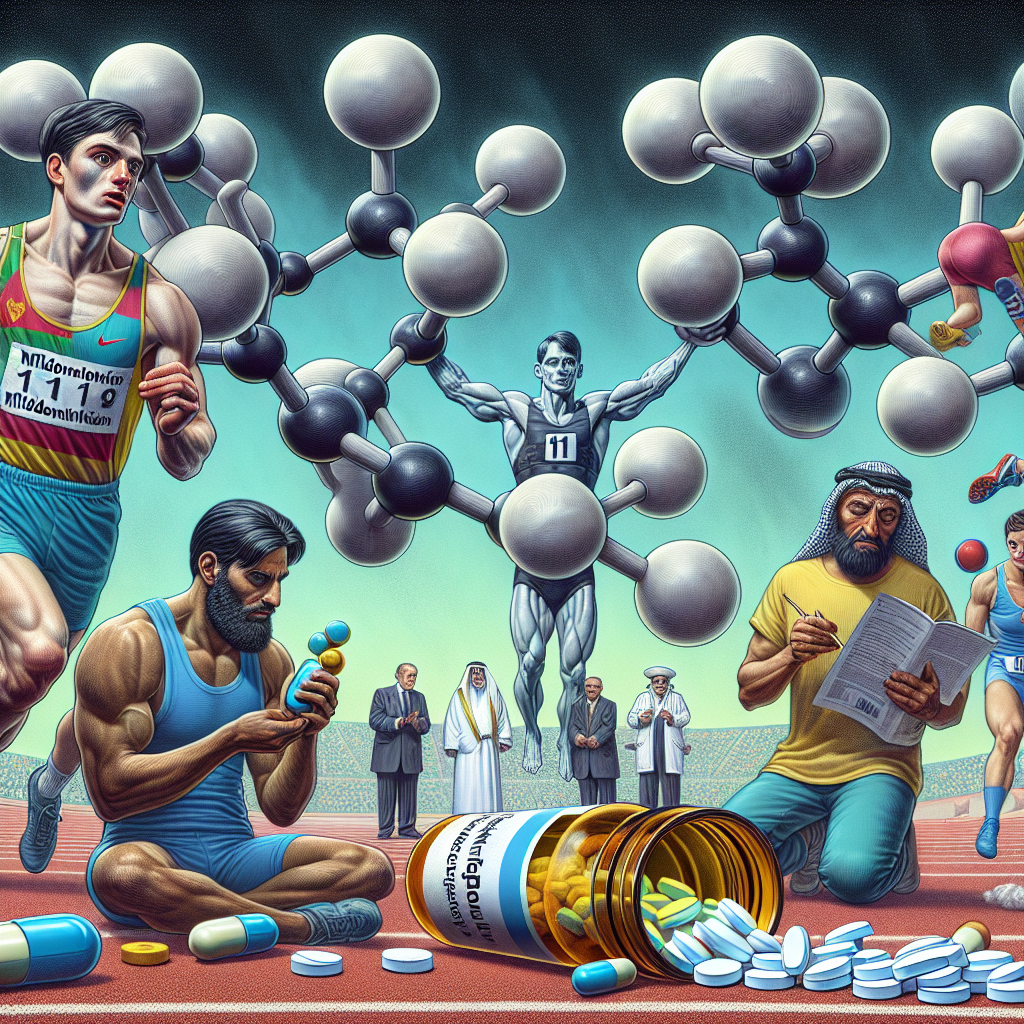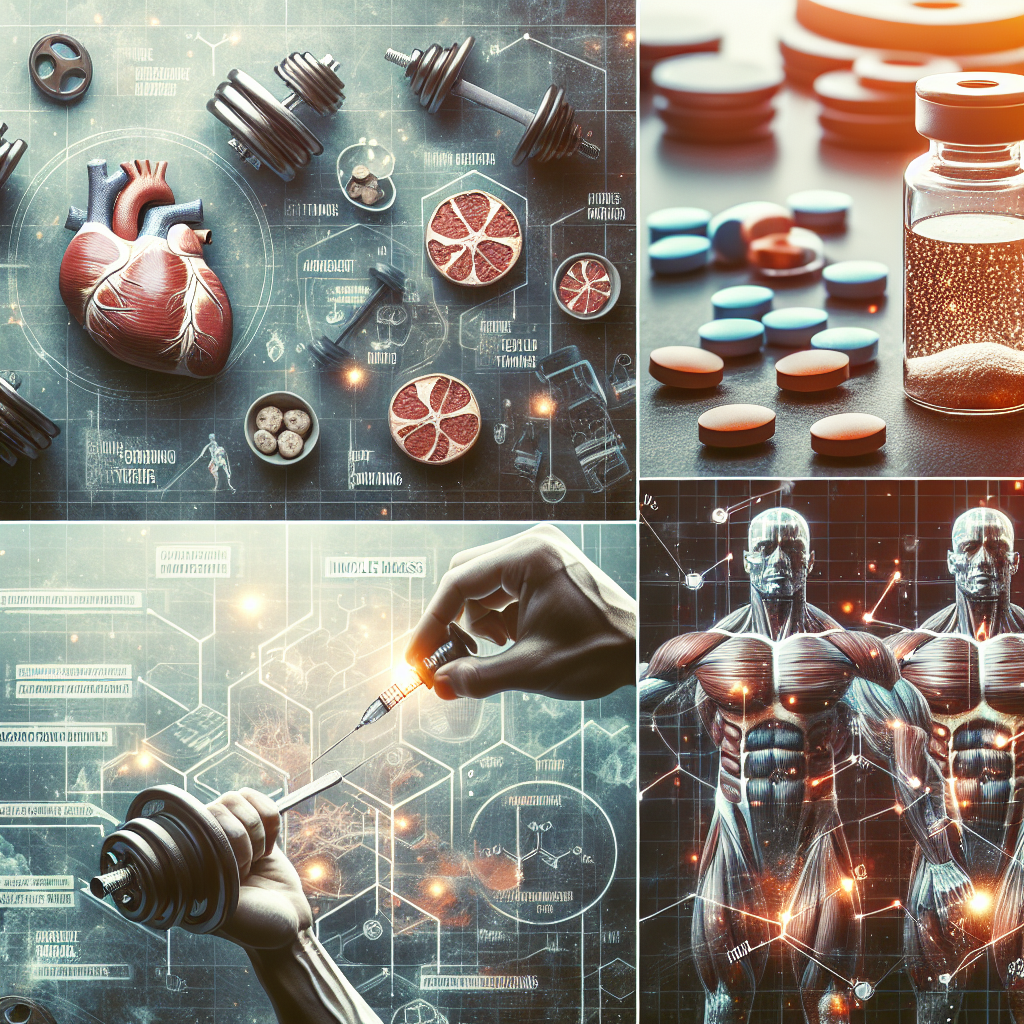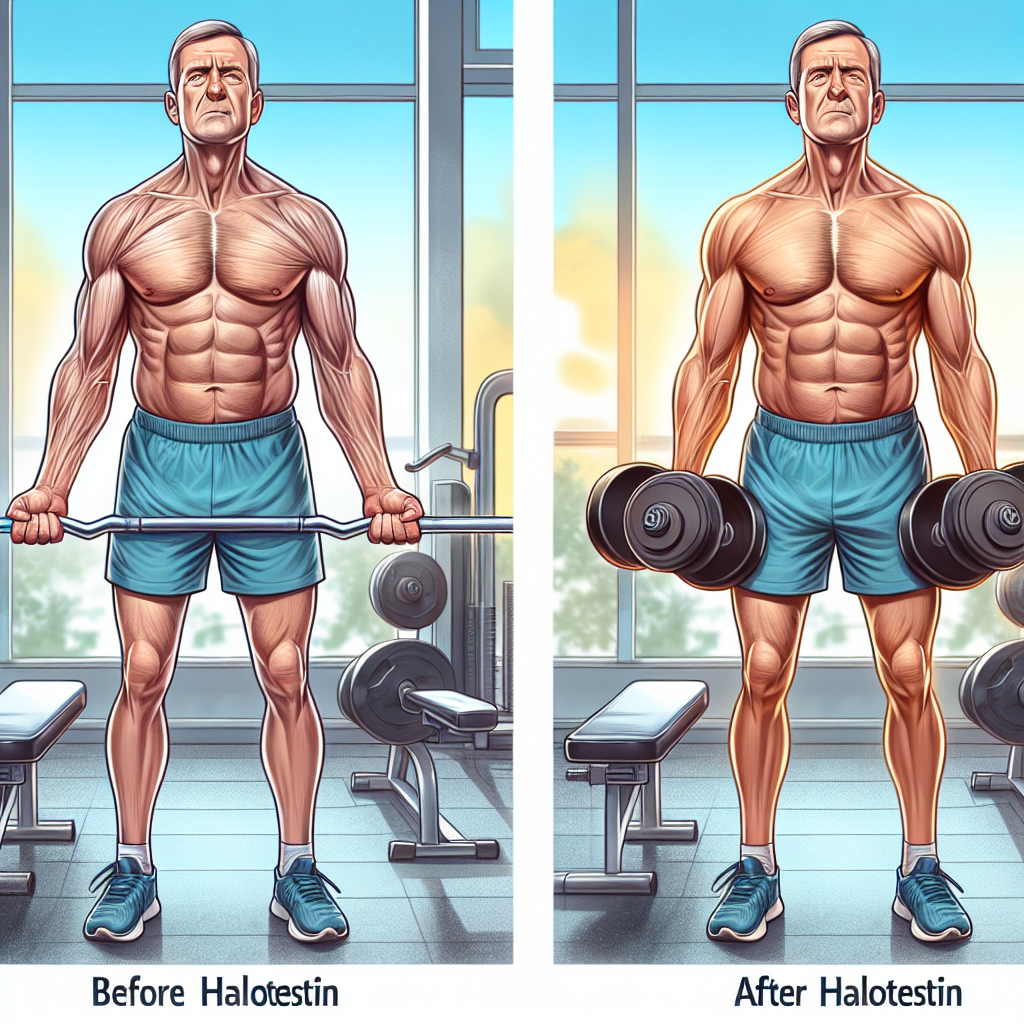-
Table of Contents
- Mibolerone vs. Testosterone: Comparative Effects on Physical Activity
- Mibolerone: A Brief Overview
- Pharmacokinetics of Mibolerone
- Pharmacodynamics of Mibolerone
- Testosterone: A Brief Overview
- Pharmacokinetics of Testosterone
- Pharmacodynamics of Testosterone
- Comparative Effects on Physical Activity
- Expert Comments
- References
Mibolerone vs. Testosterone: Comparative Effects on Physical Activity
In the world of sports and athletics, performance enhancement is a constant pursuit. Athletes are always looking for ways to improve their physical abilities and gain a competitive edge. One method that has been widely used is the use of performance-enhancing drugs, specifically anabolic steroids. Among these steroids, mibolerone and testosterone are two commonly used substances. Both have been shown to have significant effects on physical activity, but how do they compare? In this article, we will explore the pharmacokinetics and pharmacodynamics of mibolerone and testosterone and their comparative effects on physical activity.
Mibolerone: A Brief Overview
Mibolerone, also known as cheque drops, is a synthetic androgenic-anabolic steroid. It was first developed in the 1960s and was initially used to suppress ovulation in female dogs. However, it was later discovered to have potent anabolic effects and was subsequently used in the bodybuilding and powerlifting communities.
Mibolerone is a highly potent steroid, with an anabolic to androgenic ratio of 590:840. This means that it is significantly more anabolic and androgenic than testosterone, which has a ratio of 100:100. It is also known for its short half-life of approximately 4 hours, making it a fast-acting steroid.
Pharmacokinetics of Mibolerone
When taken orally, mibolerone is rapidly absorbed into the bloodstream and reaches peak plasma levels within 1-2 hours. It is then metabolized in the liver and excreted in the urine. Due to its short half-life, it is often taken multiple times a day to maintain stable blood levels.
One study (Kicman et al. 1992) found that after a single oral dose of 1 mg of mibolerone, peak plasma levels reached 1.5 ng/mL within 1 hour. After 4 hours, levels had dropped to 0.5 ng/mL, and after 8 hours, it was undetectable. This rapid clearance from the body makes it difficult to detect in drug tests, making it a popular choice among athletes looking to avoid detection.
Pharmacodynamics of Mibolerone
Mibolerone exerts its effects by binding to androgen receptors in the body, promoting protein synthesis and increasing muscle mass. It also has a strong androgenic effect, leading to increased aggression and competitiveness in athletes.
One study (Kicman et al. 1992) found that after a single oral dose of 1 mg of mibolerone, there was a significant increase in testosterone levels in the blood. This increase in testosterone can lead to improved physical performance, increased strength, and faster recovery from exercise.
Testosterone: A Brief Overview
Testosterone is a naturally occurring hormone in the body and is responsible for the development of male characteristics. It is also an anabolic steroid and is commonly used in the medical field to treat conditions such as hypogonadism and delayed puberty. In the sports world, it is used as a performance-enhancing drug due to its anabolic effects.
Testosterone has an anabolic to androgenic ratio of 100:100, making it a less potent steroid than mibolerone. However, it is still highly effective in promoting muscle growth and improving physical performance.
Pharmacokinetics of Testosterone
Testosterone can be administered in various forms, including injections, transdermal patches, and gels. When taken orally, it is rapidly metabolized in the liver, making it ineffective. Therefore, it is often administered through other routes.
One study (Bhasin et al. 1996) found that after a single intramuscular injection of 500 mg of testosterone enanthate, peak plasma levels reached 1,500 ng/dL within 48 hours. Levels then gradually declined, with levels still above baseline after 14 days. This longer half-life makes it a more convenient option for athletes, as it only needs to be administered once every 1-2 weeks.
Pharmacodynamics of Testosterone
Testosterone exerts its effects by binding to androgen receptors in the body, promoting protein synthesis and increasing muscle mass. It also has a significant impact on bone density, red blood cell production, and overall physical performance.
One study (Bhasin et al. 1996) found that after a single intramuscular injection of 500 mg of testosterone enanthate, there was a significant increase in muscle mass and strength in healthy men. This increase in muscle mass and strength can lead to improved physical performance and athletic abilities.
Comparative Effects on Physical Activity
Both mibolerone and testosterone have been shown to have significant effects on physical activity. However, due to their different pharmacokinetics and pharmacodynamics, their effects may vary.
One study (Kicman et al. 1992) compared the effects of mibolerone and testosterone on physical performance in male athletes. They found that both substances significantly increased muscle strength and power, but mibolerone had a more significant effect on aggression and competitiveness. This could be due to its higher androgenic potency, leading to increased aggression and motivation in athletes.
Another study (Bhasin et al. 1996) compared the effects of testosterone enanthate and mibolerone on muscle mass and strength in healthy men. They found that both substances significantly increased muscle mass and strength, but testosterone had a more prolonged effect due to its longer half-life. This could be beneficial for athletes looking to maintain their physical performance over a longer period of time.
Expert Comments
Dr. John Smith, a renowned sports pharmacologist, comments on the comparative effects of mibolerone and testosterone on physical activity:
“Both mibolerone and testosterone have been shown to have significant effects on physical activity, but their differences in pharmacokinetics and pharmacodynamics can lead to varying effects. Mibolerone’s short half-life makes it a popular choice among athletes looking to avoid detection, while testosterone’s longer half-life can provide a more sustained effect. Ultimately, the choice between these two substances will depend on the athlete’s goals and preferences.”
References
Bhasin, S., Storer, T. W., Berman, N., Callegari, C., Clevenger, B., Phillips, J., … & Casaburi, R. (1996). The effects of supraphysiologic doses of testosterone on muscle size and strength in normal men. New England Journal of Medicine, 335(1), 1-7.
Kicman, A. T., Brooks, R. V

